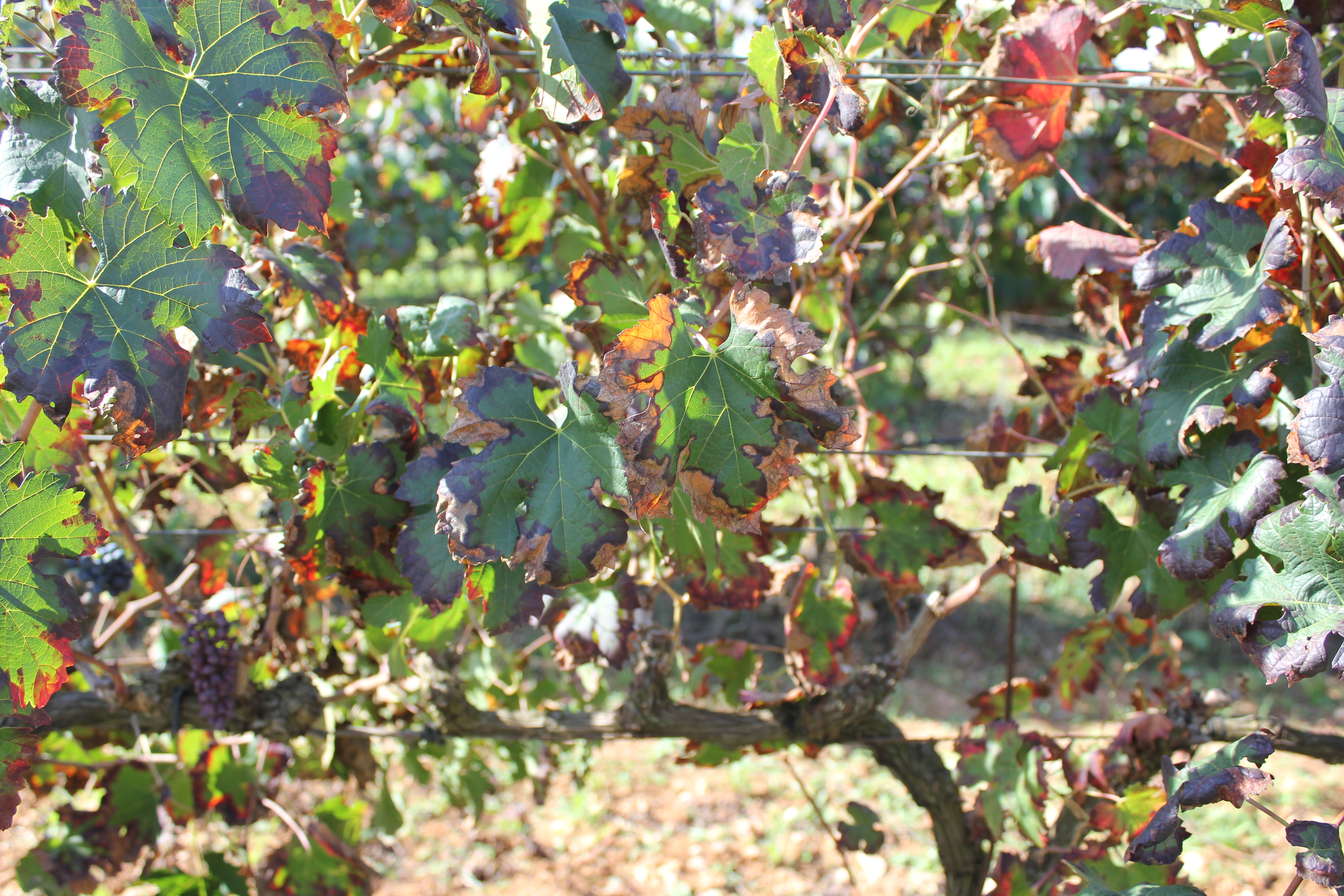Complex Systems Modelling in Ecology: emergent diseases and climate change
Complex Systems Modelling in Ecology: emergent diseases and climate change
In this project we aim to study some currently threatened ecosystems by emergent diseases and climate change from the perspective of mathematical and computational ecology. In particular, we will focus on the following topics:
- The Mass Mortality Event of Pinna nobilis
The parasite H. pinnae is responsible for the Mass Mortality Event of the pen-shell Pinna nobilis, an endemic filter-feeder bivalve of the Mediterranean sea. The first mortality events occurred in September 2016 in southeastern Spain and has since spread to all Spanish Mediterranean coasts, reaching France, Italy, Greece, Cyprus and other Mediterranean countries in less than two years. To date, data indicate that the protozoan species is specific to P. nobilis, without affecting other invertebrates, including the congener species P. rudis. The prevalence and consequent subsequent mortality reaches almost 100% in infected populations, an unprecedented figure given the precedents of similar epidemics in commercial bivalve species. Follow-up of the event has helped to better understand the spread of the disease, with surface currents being the main factor influencing local dispersal, while disease expression appears to be closely related to temperatures above 13.5ºC and salinity between 36.5-39.7 psu. This phenomenon has mainly affected the coastal ecosystems of the eastern Mediterranean Sea, introducing a serious risk of extinction of the species.
- Diseases produced by Xylella fastidiosa
The bacterium Xylella fastidiosa (Xf) is native to the Americas, where it causes vector-borne diseases such as those produced in many economically important crops, such as vineyards, citrus, almond, coffee and olive trees. Xf is phylogenetically subdivided into three formally recognized subspecies: fastidiosa, multiplex and pauca, originally from Central America, North America and South America, respectively. Since 2013, several standard sequences of the three subspecies associated mainly with crop and ornamental plants have been detected in Europe; among these, the clonal lineage (ST1 / ST2) of the subsp. fastidiosa responsible for the well-known diseases “Pierce Disease” (PD) and “Almond Leaf Scorch Disease” (ALSD). The epidemic situation is especially delicate in Mallorca, where the disease is widespread in almond and vineyard plantations, affecting 81% of almonds and more than 23 grape varieties. To date, xylem-sap feeder insects, such as sharpshooters leafhoppers and spittlebugs appear to be the main epidemiological relevant vectors for Xf-related diseases, being Philaenus spumarius and Neophilaenus campestris the main relevant vectors in Europe.
- Posidonia oceanica meadows
Posidonia oceanica is an endemic seagrass of the Mediterranean sea that forms the dominant ecosystem on its coastline. Posidonia meadows have an enormous ecological, economic and social importance, protecting the beaches from erosion, improving water quality, giving life support to numerous species, absorbing CO2, etc. Nowadays, given its high sensitivity to temperature changes, this species is in decline in many areas of the Mediterranean. In addition, P. oceanica coexists in the bed with Cymodocea nodosa, another marine plant with greater tolerance to high temperatures. In a climate change context, the competition between both species will play a key role in how coastal marine ecosystems will change in the near future.
- Coral reefs
Coral reefs are one of the most biodiverse ecosystems in Earth, holding more than 25% of marine life with only 1% of ocean floor coverage. Corals are colonies of live organisms called polyps, held together by a self-produced exoskeleton made of calcium carbonate. Polyps host photosynthetic microalgae in a mutualistic interaction: polyps obtain nutrients from microalgae while microalgae are compensated with protection and some nutrients too. Consequences of global change, such as temperature increases and ocean acidification, represent a substantial threat to coral reef ecosystems. High ocean temperatures promote the “bleaching” phenomenon, in which individual polyps expel the microalgae symbionts, losing their characteristic color and getting rid of their primary source of nutrients. On the other hand, ocean acidification promotes the dissolution of the calcium carbonate exosquelet of corals.
Check my thesis plan for more detailed information!




